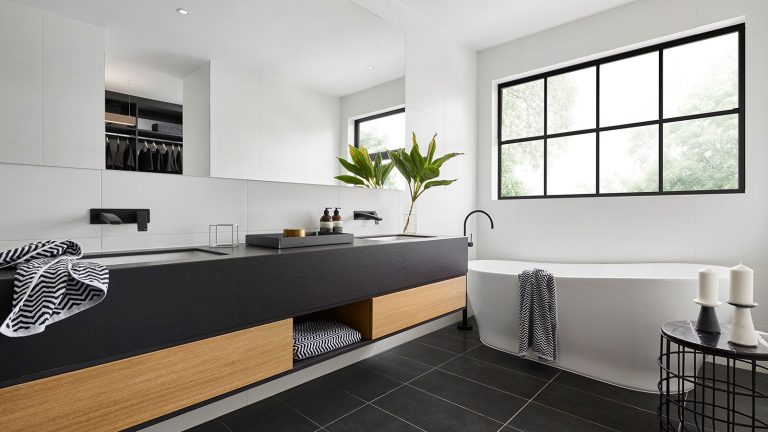
Gallery
Energy Efficiency made easy
These energy efficiency standards and regulations are designed to:
It’s important to note that while windows are a key part of any home’s energy efficiency performance, they are one of many aspects of the home that contribute to your overall rating. Other important contributors include building orientation and layout, insulation, air sealing, building materials, and more.
These are the energy efficiency standards, requirements and regulations you should be aware of when building new homes in Australia.
The National Construction Code is the primary set of technical standards for the design and construction of buildings across Australia.
The National Construction Code outlines energy efficiency performance requirements in various sections, with provisions that relate to energy efficiency for all classes of buildings.
Some of the key aspects of the NCC’s energy efficiency standards include:
The NCC is updated regularly to reflect changes in building and sustainability practices.
You can find more information and view the National Construction Code here.
The Nationwide House Energy Rating Scheme (NatHERS) is administered by the Australian Government on behalf of all Australian states and territories. It provides energy ratings for new dwellings, which helps create energy efficient and resilient homes for the future that cost less to run.
NatHERS accredits tools that are used to rate the energy efficiency performance of homes.
There are two primary NatHERS ratings systems for builders to be aware of.
1. The star rating system: the star-rating system measures the thermal performance of residential buildings on a star scale, from 0 to 10 stars. Higher star ratings indicate better thermal performance and a reduced need for artificial heating and cooling.
The higher a home’s star rating, the better it contributes to a greener future through emissions reduction. Star ratings consider a home’s design, orientation, construction materials, and local climate. The new NCC 2022 residential energy efficiency standards mean all new homes must have a minimum 7-star rating.
It is important to note that the design of the entire house must be considered, rather than simply adding windows at the end.
2. The Whole-of-Home rating: the Whole-of-Home rating provides an easy-to-understand score out of 100. This score relates to the efficiency of the appliances used in new homes. It includes all major energy use and generation within the home, including hot water, heating and cooling systems, pool and spa equipment, lighting and plug in appliances, and solar energy generated on site or batter storage.
The new NCC 2022 residential energy efficiency standards mean all new homes must have a Whole-of-Home rating of 60 or higher.
In their simplest forms, each of these rating systems is designed to ensure that builders construct homes that are energy efficient, and then use the most energy efficient appliances within those homes.
While every state and territory in Australia aligns with the requirements set out by the NCC (which include alignment with both of NatHERS’ rating systems), there may be additional guidelines, overlays or requirements in addition to the standardised national requirements.
If you’re looking for assistance with energy efficiency, A&L makes things easy.
While energy efficiency can be complicated, we keep it simple and let our proven track record do the talking. We have decades-long relationships with some of Australia and Victoria’s largest and most well-regarded builders.
“Henley Homes partners with A&L due to the trust established over our 30-year working relationship. When there are significant code changes, we know we can trust A&L to provide sound advice and good value to keep us market competitive. The range they have, as well as the advice on which products suit which application to achieve 7-stars and beyond makes implementation very easy.” – Henley Homes representative.
“I would say that the window specification is the most important part of an energy efficiency assessment. A&L does their due diligence and they’re in front of the pack, because they will proactively take real designs on behalf of their builders, give them to us, we’ll do the analysis and the calculations, and provide real, credible answers for how certain windows contribute to energy efficiency.” – Brian Haines, Director of Energy Lab
If you’re looking for expert technical insights that make energy efficiency simple, get in contact with our team today.